I’ve been fascinated by the Blue Zones ever since I picked up a copy of Dan Buettner’s first book nearly 10 years ago. Buettner, a National Geographic fellow, has dedicated his life to researching these seemingly immortal populations, lacing together their similitudes and behaviors that result in longevity and optimal health. Scientists ranging from geographers to epidemiologists have worked collaboratively with National Geographic and the Blue Zones Project to share the captivating data from these comprehensive and ongoing population studies – studies that delve into the science of how we all can live longer, healthier and more fulfilling lives.
So what is a Blue Zone?
Simply put, Blue Zones are regions in the world where populations of people live to be 100 years or older. Aside from lofty life expectancies, these populations of people are aging well and with strikingly low levels of chronic disease and disability.

Where are the Blue Zones?
- Loma Linda, California – a community with the highest concentration of Seventh-day Adventists in the U.S. Many residents live up to 10 more healthy years than the average American.
- Nicoya, Costa Rica – located in Central America, residents in Nicoya have the second highest concentration of male centenarians and the world’s lowest rates of middle-age mortality.
- Sardinia, Italy – lush and mountainous, this Italian island takes the prize for having the world’s highest concentration of centenarian men.
- Icaria, Greece – set in the Aegean Sea, this small island 1 mile off the coast of Turkey has one of the world’s lowest rates of middle-age mortality and lowest rates of dementia.
- Okinawa, Japan – this subtropical archipelago is home to the longest-living female population.

So what are the secrets of these longevity hotspots? I’ll give you a hint, it’s not a powder or pill you can find in the supplement section, nor can it be discovered scouring the latest health trends (which are often propagated using sensationalized language and cherry-picked data). What you will find within these regions, is a residuum that coats the environment, gently nudging the broader population towards habits and practices that are conducive to health and longevity. The Power 9 ® is a list of lifestyle factors that are the undercurrent of every Blue Zone.
The Power 9
Move Naturally
“The world’s longest-lived people don’t pump iron, run marathons, or join gyms. Instead, the live in environments that constantly nudge them into moving. The grow gardens and don’t have mechanical conveniences for house and yard work. Every trip to work, to a friend’s house, or to church occasions a walk.”
What can you do?
- Switch up your daily commute or weekly errands by walking or bicycling instead of driving.
- Start a garden, do household chores by hand, take the stairs, volunteer for a community cleanup project, rake leaves or shovel snow for a neighbor in need. There are minuscule choices you can make every day that ultimately stack up in favor of your health.
- If your job requires you to sit at a desk, read up on the Blue Zone’s Pain-Free Office guide which includes tips like taking movement breaks every 20 minutes.
Purpose
“The Okinawans call it ‘ikigai’ and the Nicoyans call it ‘plan de vida’; for both it translates to “why I wake up in the morning.” In all Blue Zones people had something to live for beyond just work. Research has shown that knowing your sense of purpose is worth up to seven years of extra life expectancy. “
What is your purpose?
That’s a big question and one that will continue to evolve throughout the stages and circumstances of your life. You might know exactly what your life’s calling is, you might have more than one, or perhaps, you have no idea. If you’re unsure, you can start exploring with the resources below:
- The Right Outlook: How Finding Your Purpose Can Improve Your Life
- The Purpose Checkup
- Five Steps to Finding Your Life Purpose
Downshift
“Even people in Blue Zones experience stress, which leads to chronic inflammation, associated with every major age-related disease. The world’s longest lived people have routines to shed that stress: Okinawans take a few moments every day to remember their ancestors, Adventists pray, Ikarians take a nap, and Sardinians do happy hour.”
What does it mean to downshift in our fast-paced, modern society?
- Meditation – the science behind meditation and mindfulness, while relatively vague at this point, is continually unfolding with new and exciting insights. If you’re hesitant to try meditation or it seems a little ‘out there,’ apps like Calm and Headspace make it easy and digestible for all levels of experience.
- Spend time in nature.
- Disconnect from technology (even 20 minutes per day).
- Call or meet up with a supportive friend, coworker or family member.
There’s no right way to destress! Find what works for you and your schedule and stick to it.
80% Rule
“Hara hachi bu – the 2,500-year-old Confucian mantra spoken before meals on Okinawa – reminds people to stop eating when their stomachs are 80 percent full. The 20 percent gap between not being hungry and feeling full could be the difference between losing weight and gaining it. People in the Blue Zones eat their smallest meals in the late afternoon or early evening, and then they don’t eat any more the rest of the day.“
Did you know?
Ghrelin levels reach a low around 30 to 60 minutes after eating? Once full, the stomach reduces the desire to consume more food by lowering ghrelin production and by sending a message to the hypothalamus. So eating slowly and savoring your meal can help you tune into those hunger and fullness cues.
Plant Slant
“Beans, including fava, black, soy and lentil, are the cornerstone of most centenarian diets. Meats – mostly pork – is eaten on average five times per month, and in a serving of three or four ounces, about the size of a deck of cards.”
People in the Blue Zones eat a prominently plant-based diet. What does that mean? Mostly vegetables, fruits, nuts and legumes. Read more here.
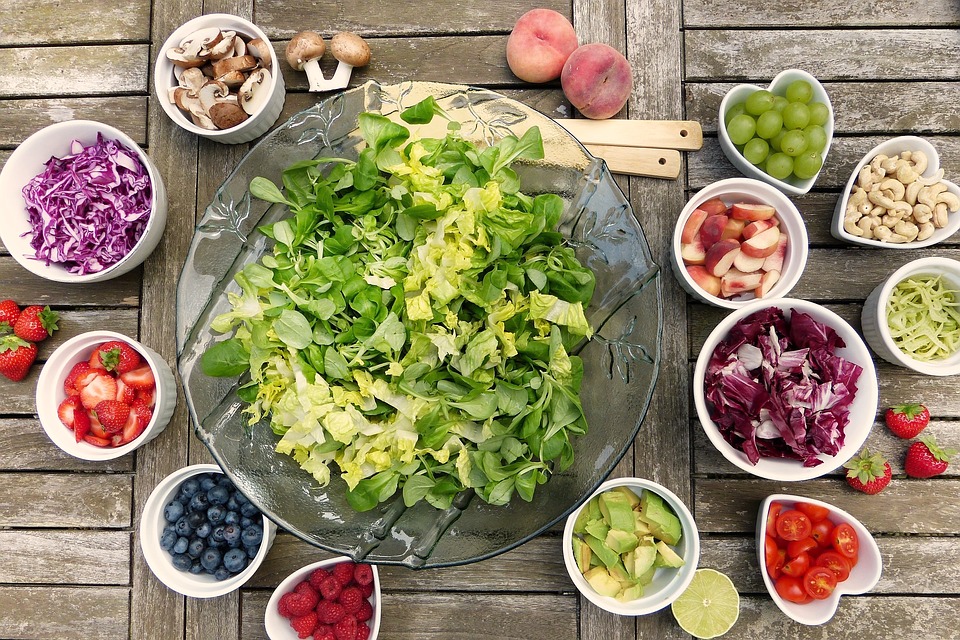
Wine @ 5
“People in all Blue Zones (even some Adventists) drink alcohol moderately and regularly. Moderate drinkers outlive nondrinkers. The trick is to drink one to two glasses per day with friends and/or with food. And no, you can’t save up all week and have 14 drinks on Saturday. ”
Moderation is always the key when it comes to alcohol consumption. In the Blue Zones, the drink of choice is often a glass of red wine, savored in the presence of good company and/or paired with a meal.
Belong
“All but 5 of the 263 centenarians we interviewed belonged to a faith-based community. Denomination doesn’t seem to matter. Research shows that attending faith-based services four times per month will add 4 to 14 years of life expectancy. “
There’s a place and space for every person, no matter your beliefs. If religious services aren’t something you choose to participate in, you might find a similar sense of community by volunteering or joining a club that peaks your interest.
Loved Ones First
“Successful centenarians in the Blue Zones put their families first. The keep aging parents and grandparents nearby or in the home, which also lowers disease and mortality rates of their children. They commit to a life partner (which can add up to three years of life expectancy), and they invest in their children with time and love, which makes the children more likely to be caretakers when the time comes.”
Within these regions, younger generations return the love and care they received from their parents and grandparents. Strong family values ensure that everyone in the family, old and young, is cared for and loved. Regularly visiting elderly parents or grandparents can create lasting memories for all. Grandparents can offer love, support, wisdom and motivation for younger family members to succeed. This adds up to healthier, better-adjusted families who live longer.
Right Tribe
“The world’s longest-lived people choose, or were born into, social circles that support healthy behaviors. Okinawans create ‘moais’ – groups of five friends that commit to each other for life. Research shows that smoking, obesity, happiness, and even loneliness are contagious. By contrast, social networks of long-lived people favorably shape their health behaviors.“
Creating and cultivating friendships takes time and effort, but the benefits – both physically and mentally -are insurmountable for those involved. Learn more about the moais of Okinawa here.

Resources
Online:
- The official Blue Zones website
- The Blue Zones Meal Planner
- Blue Zones: National Center for Biotechnology Information – American Journal of Lifestyle Medicine
- Research and publications
Books:
- The Blue Zones: 9 Lessons for Living Longer From the People Who’ve Lived the Longest
- The Blue Zones Solution: Eating and Living Like the World’s Healthiest People
- The Blue Zones of Happiness: Lessons From the World’s Happiest People
- Thrive: Finding Happiness the Blue Zones Way
- The Blue Zones Kitchen: 100 Recipes to Live to 100
Podcasts:
- The Rich Roll Podcast – Dan Buettner: Lessons From the World’s Happiest People
- The MindBodyGreen Podcast – Dan Buettner: The World’s Leading Happiness Expert On The Recipe For Lifelong Joy
- Eating To Break 100: Longevity Diet Tips From The Blue Zones | NPR
Videos:
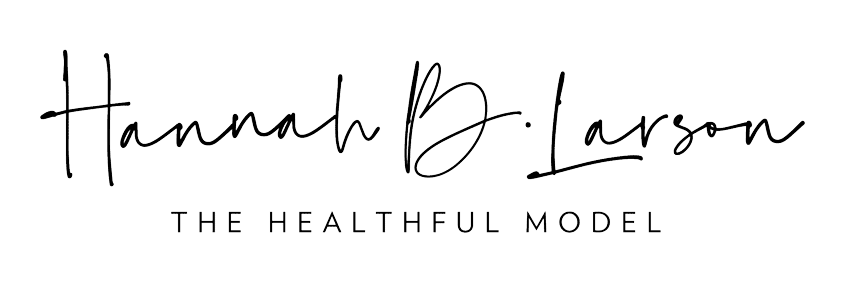
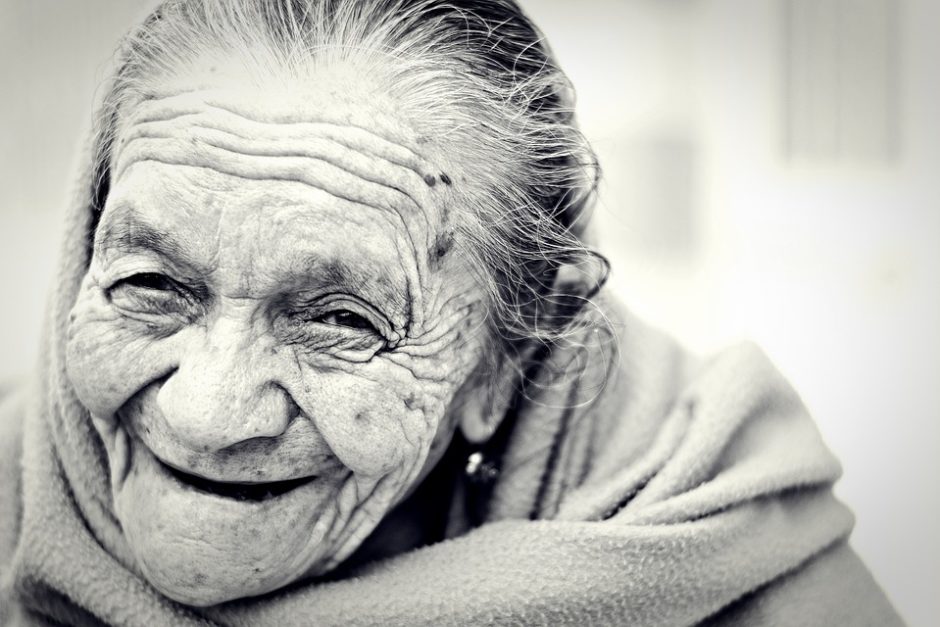
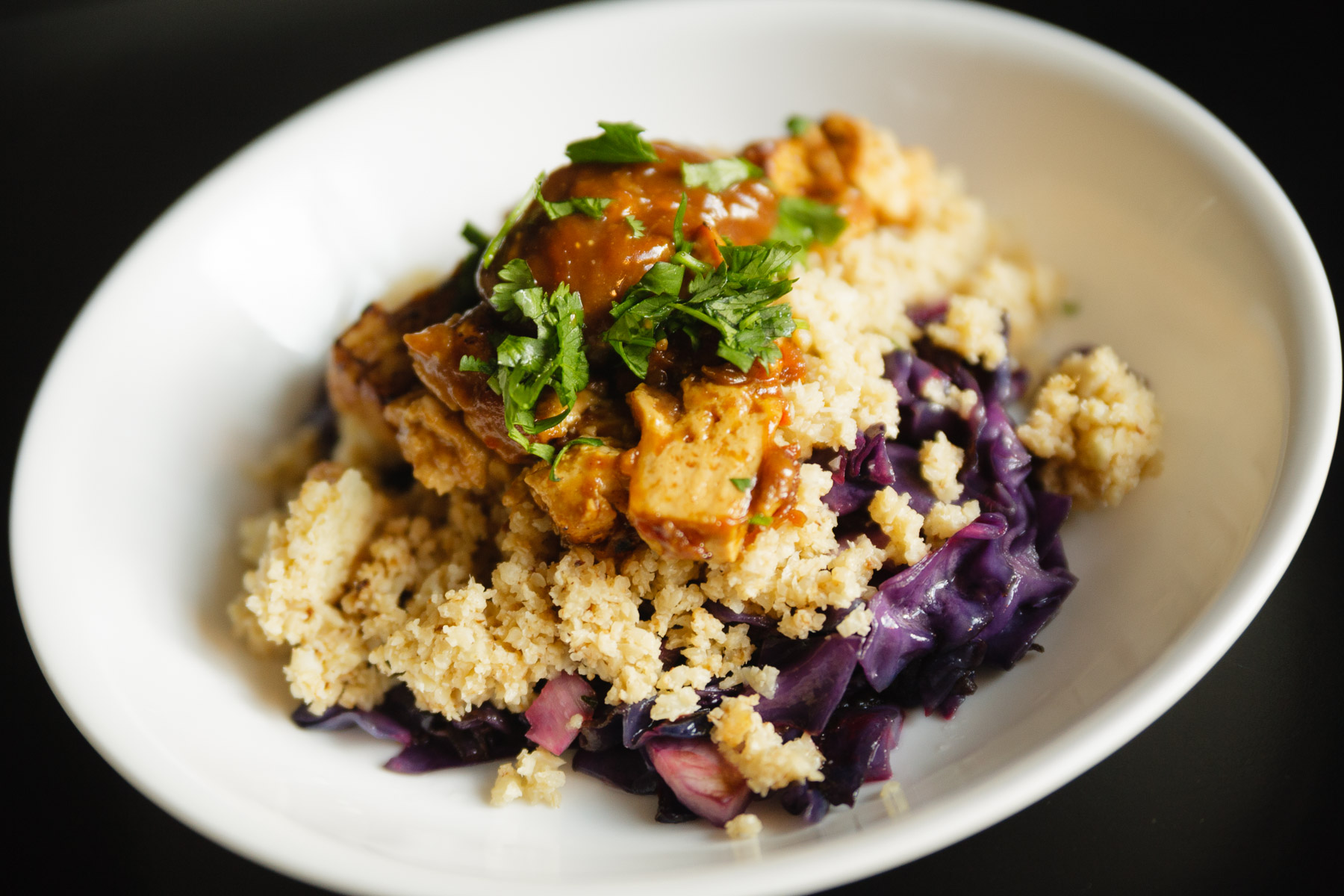
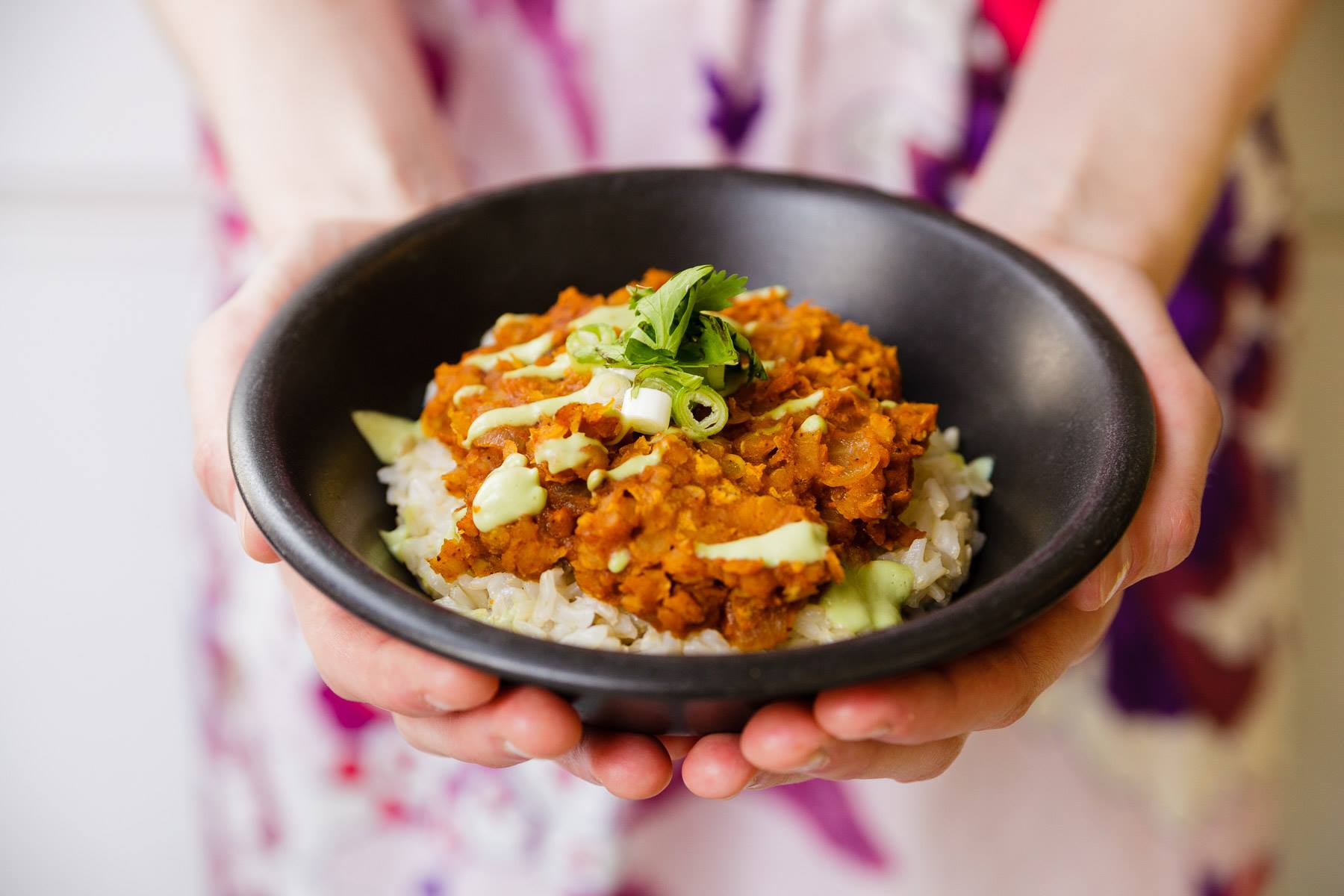
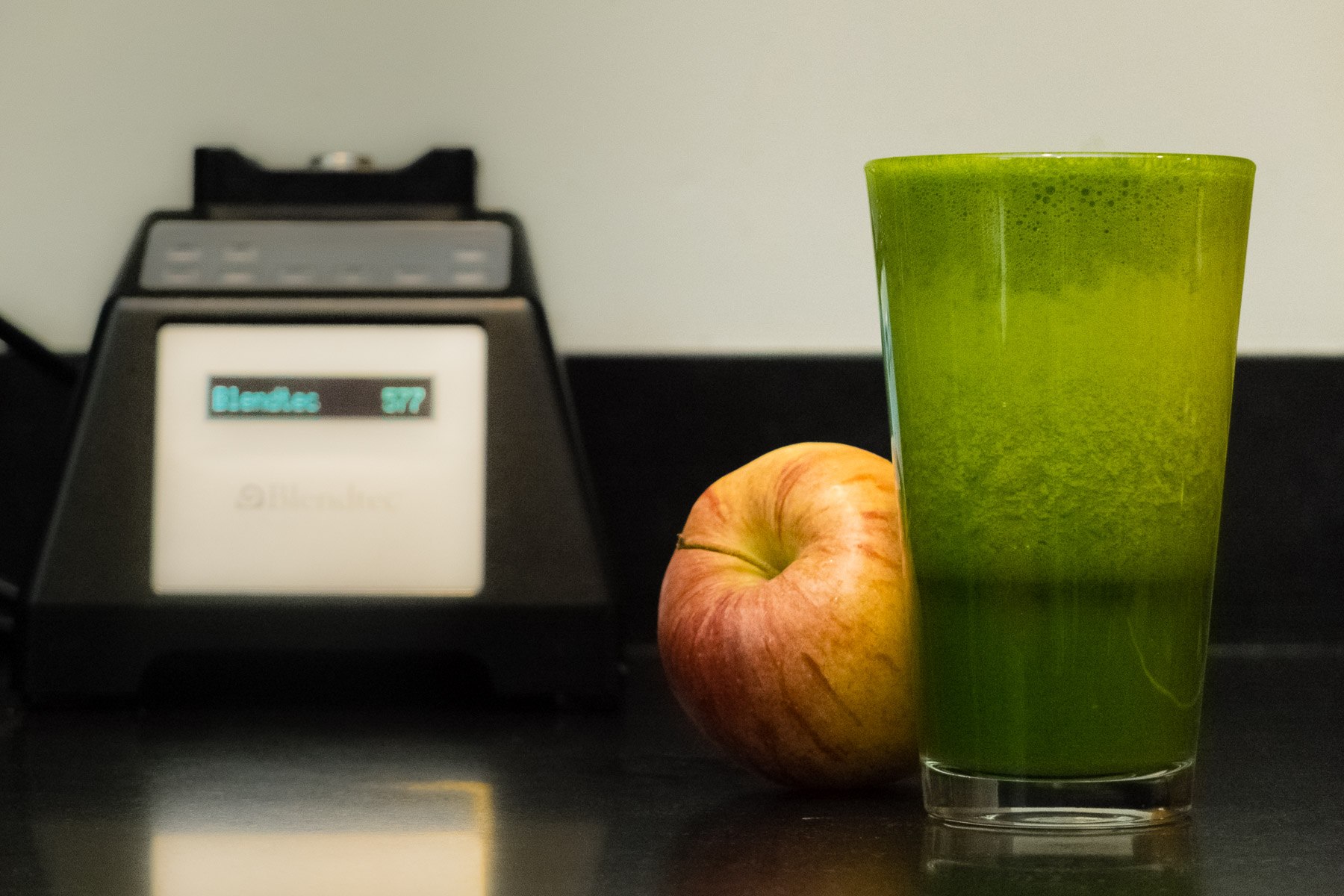
2 Comments
[…] hearty, filling and delicious. Inspired by my travels in Asia as well as my recent blog post, I hope this recipe finds it’s way into your kitchen and brings you as much joy as it does […]
[…] Okinawa is also one of the world’s Blue Zones. For more information on these fascinating regions, read my recent blog post here. […]